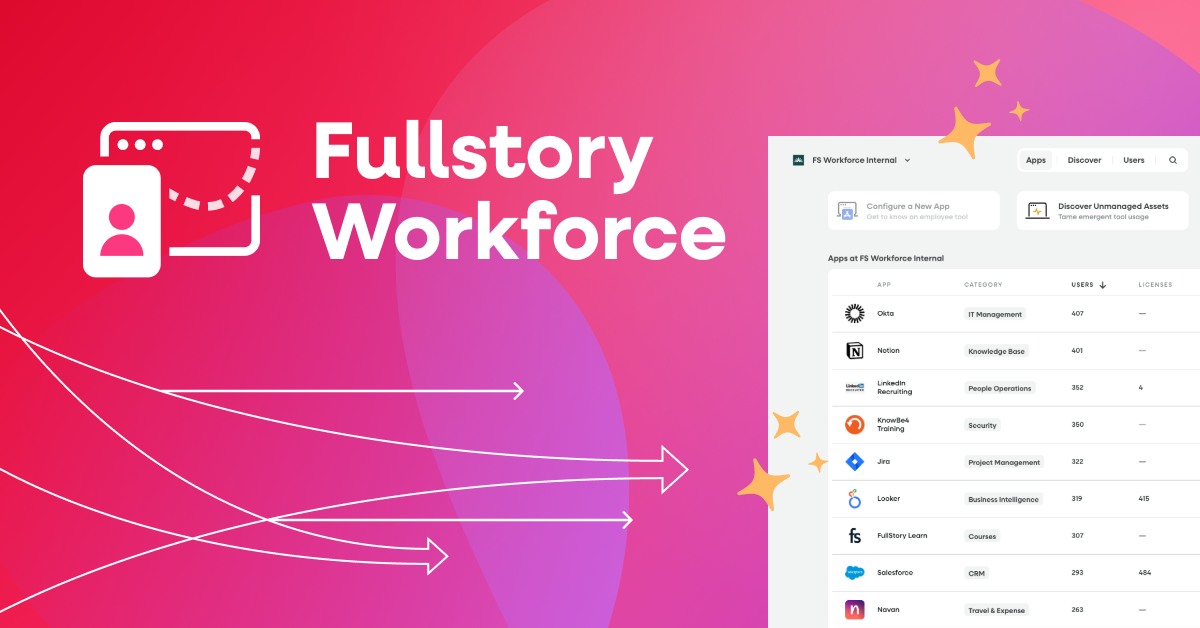Why is empathy so important for those who build and design websites and apps?
At first glance, empathic thinking seems like a skillset for teams that interface directly with customers on a daily basis, such as support. But today, it’s a core part of any business function or team. If your goal is to build an amazing online experience for your customers, then empathy must become everyone's job.
Empathy for product leaders, by definition, is the act of understanding, being aware of, being sensitive to, and vicariously experiencing the feelings, and thoughts of users.
That action needs to be present in the development and design of your company’s products or services. Before we dig into some tips, here are some ways to find empathy in between the lines.
What can empathy reveal for product teams?
Empathy allows teams to do the following:
Take on a user’s perspective. Put yourself in your customers' shoes when they experience a problem.
Reserve judgment. Realize that time is better spent developing solutions to problems rather than casting blame.
Consider emotion. Prioritize problems that cause users serious frustration over smaller bugs.
While traditional quantitative analytics can tell you some of what you need to know about your site or app, they'll never be able to tell you the full story. Understanding and sharing the feelings of your users is key to finding qualitative insights and customer-oriented solutions to UX problems big and small.
How teams can read between the line graphs
Next time you're sorting through quantitative product data, try viewing it through an empathetic lens. Take that line graph and imagine the tactile, tangible customer experiences those numbers represent. For instance, imagine that:
50,000 people visit your site
0.8% of your visitors experience an error
400 out of 50,000 people experienced the error
In volume, 400 doesn’t feel like that much considering…but what happens when we think of the 400 users empathetically? Imagine sitting in an auditorium with 399 other people, all experiencing the same problem. You may have a different viewpoint.
Empathy puts the heart back in quantitative analytics. It's grounded by a real user's lived experience. Engineers and web developers who think empathetically have a more holistic idea of how to troubleshoot bugs and make product improvements.
3 methods to help cultivate empathy
1. See through the customer’s eyes (literally)
One of the best and simplest ways to empathize with someone is to talk to them about their experiences.
Participating in customer support calls is a great way for engineers to hear problems as they arise and pick up on a little old-fashioned nuance.
Gather context on how customers interact with your site and products. Digital Experience Intelligence (DXI) tools such as Fullstory feature Session Replay, you know exactly what the customer's problem was. Every time a customer submits a ticket, support can find the session where the customer was using the product and replay the instance.
The result is that, by being able to see what the customer was doing before submitting the ticket, customer support is able to address problems immediately, instead of either guessing at the error or asking the customer more questions. This frees up the time and resources to give every customer a personal solution to their precise issue.
See Digital Experience Intelligence in action.
Request a demo of the Fullstory DXI platform for your product team.
2. Collaborate in themes, not teams
Collaboration can get messy. Ideas flow better when employees get to work with those of different skill sets. Experiment with re-structuring the workflow to run on themes, not teams.
Themes are a collaborative method to remove the typical hierarchy of the team placing interested parties from traditionally separate backgrounds on equal footing. Engineering, design, sales, and support personnel all get in the same room and collaborate on a particular theme.
Organizing around themes fosters a balanced, empathetic approach to the effort in which each job function has an opportunity to represent a viewpoint that aligns with their objectives. The effect is greater empathy.
3. Watch actions, not words
Find empathy in actions when words aren’t available. See how visitors interact with you digitally, without even speaking.
From the big picture to the smallest details, DXI solutions such as Fullstory provide visualizations into what gets your customer’s attention, where they go, what they click, and more through:
Heat Maps : Quickly reveal which areas of your pages are hot, cold, or lukewarm, and assess how to increase engagement.
Click Maps : See precisely how many visitors click any element on any page without worrying whether dynamic content or variable page states are distorting your numbers.
Scroll Maps : Calculate the percentage of sessions where users reached a specific scroll depth to understand whether key features get lost at the bottom of the page.
The in-crowd already knows that session replay is a powerful way to step into your customer's shoes and gain insights on individual user behavior. Empathy is a natural outcome.
Replay exactly why an error happened or where a user got confused. Fullstory users have found session replay to be an indispensable time-saver for engineers looking to quantify their work.
Make empathy a common practice
Practicing empathy helps to understand customers' pain points, and it reveals powerful ways to build better products and improve design. Product developers—engineers and programmers—and designers stand to benefit by putting empathy to work on their projects.
A quick recap to use more empathy in your workflow is to see what your customers are experiencing, collaborate with your team using themes, and be sure to watch actions as they arise in the product.
With a DXI solution in your pocket, you can easily add empathy to your daily routine.


